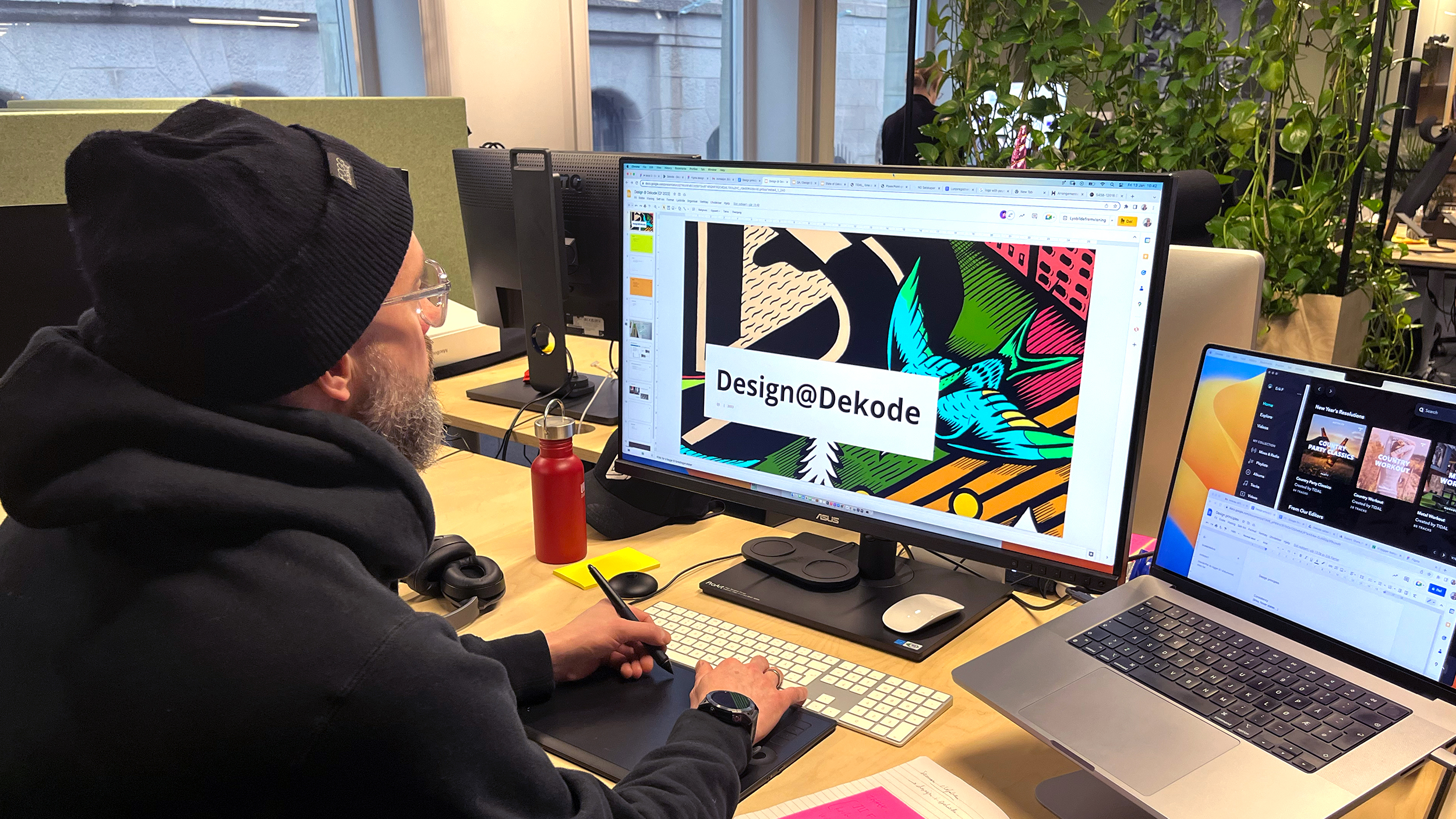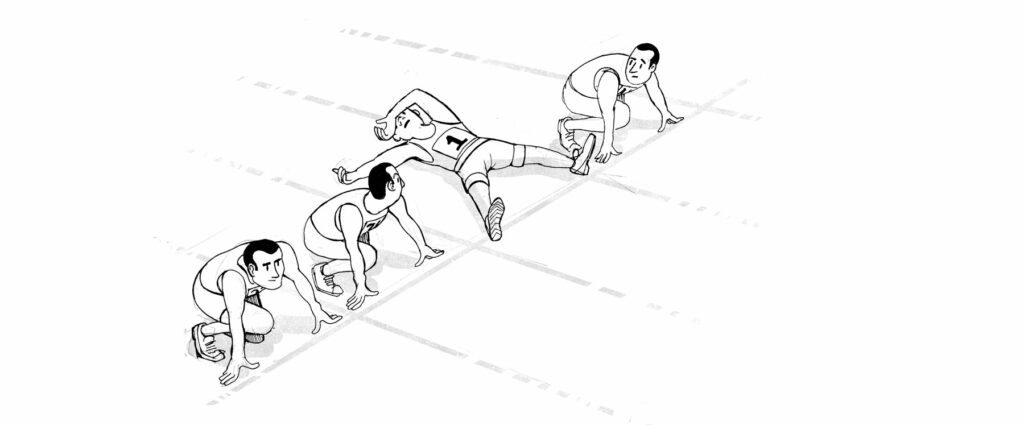Modularity by design
Designers and developers are always really proud when we launch a website for a client. We finish the bug tracker and lean back, happy that the project is complete. There are always fresh projects with fresh budgets ahead of us, and it’s on to the next challenge. Digital design and development being in high demand, most of us have more than enough to do. In many cases, with the launch completed it’s time to move on. We can only hope that what we just launched actually does the job intended.

The site’s owners and caretakers, the clients, are now off on their own. With the prices that most consultancies charge, they too are happy the build is over. As they get settled with their new site, they invariably start hacking at it. Of course, they may not understand how this wonderful website we made for them is intended to be used, and they have deadlines and priorities staring them in the face. So over the next 6 – 24 months, this new, fantastic website we built for them transforms into a clutter of unstructured content and good intentions. In the typical business cycle, this is about the time when some hot new agency starts working with the client, and they declare, perhaps rightfully, “ what a mess this is! I know someone who can help us fix this.” We consultants thrive in these situations, because it gives us an apparent problem to solve and the chance to start fresh, without being held accountable for the miseries of the previous project.
So the cycle continues, at great cost in time, money, and even more importantly, at great cost in knowledge and skills.

The redesign
It’s said that being really good at something requires 10,000 hours of repetition. If you work on the same thing eight hours a day, that’s about 3.5 years. So just when we are starting to get good at what we do, it’s time to redesign.
The endless redesign loop is where most of us make our living. In a three to five year cycle, any number of factors drive our clients to undergo countless full redesigns. Perhaps a new leader comes into the organization and wants to make their mark. Maybe the aforementioned pile of unstructured mess becomes too much to bear. Maybe there’s a new vendor on the scene with fancy new tools.
Like the iPhone’s ever-changing charging cables, there are small, ongoing variations in software and technology, many of which amount to a distinction without a difference. Sometimes the changes introduce useful new stuff, but often it’s just fashion. But for the sake of being future proof, we’re all too ready to throw out the old “outdated» software and systems as if we were trading in last year’s iPhone for the newest model. Like any great coping mechanism, the redesign becomes a way to wipe away the messiness of whatever just happened, get excited about something new, and start again guilt-free.
In this way, clients drift from agency to agency, and we as the newest agency in the chain get to update them on the latest technologies and trends. Like crows attracted to shiny objects, we’re all bought into this “scrap everything approach”. Goals and visions are revised, CMSs are changed, and target audience analysis fills the whiteboards once again. Sound familiar?
At what cost?
The old system is scrapped, and with it, every inch of workflow, relevant competencies, and the common accumulated knowledge that the people who use the site have developed over the last cycle. Of course you get to revise your strategy, functionality, and content when you redesign, but most of the time it`s just a major clean up, and the nourishing of someone’s ego.
Clients imagine that most of the content will “just” be migrated over to the new system, but the data is unstructured and doesn’t really fit in the new workflow. What you thought you knew is no longer valid, because Facebook updated their algorithm, and by the way, no one uses Facebook anymore. Generation X are now Millennials, jQuery is React, and the new way to build your website is from the inside out.
The consultant-client loop
So why does this happen you say? I think the simple answer is because digital is really hard.
With technology moving at the pace it does, combined with the requirements of constantly acquiring new skills, we suffer from digital fatigue.
There’s is an immense pressure to digitize everything. If you don’t, “robots will take over your job”. This makes us an easy target, in search of quick fixes, susceptible to trendy tech jargon and «know it all” consultants.
Consultants on the other hand, as in any other business, are measured on billable hours and quarterly earnings. We end up repeating ourselves, recreating the same solutions with new processes and design frameworks. Tricking ourselves into believing that we are actually creating value for our customers. Over and over again we see projects where consultants misuse trust given to them by clients and spend all their client’s money on a bright new something. It might be a fantastic product, but if the client doesn’t have any funds left, we haven’t really prepared them for what’s to come. We helped them reach the starting point, but they are already too exhausted to participate in the actual race.
This is the consultant-client loop, that spirals on and on driven by a one-dimensional focus on short-term performance. It`s hard to measure the success of long-term investments in thinking rather than pure technology, and the lack of immediate results are often mistaken for high risk and lack of control.
It’s not trendy to hurry slowly, and we are programmed to value short-term over long-term rewards. None of us are held responsible for the long-term value of things. Sometimes thinking long-term can even be seen as a negative, as burdensome.
The Shift
We are at a breaking point, where web technology evolves into complex solutions and tools, and it just becomes too expensive to think in short-term cycles. Short-Termism is simply outdated, and we are doing both ourselves and our clients a disservice.
We need to break out of the current cycle, the never-ending dance, where we scratch each others backs, and hope the music never stops. We need to change the discourse on behalf of our industry and our clients, in order to be relevant, create real value, and to bring some meaning back to digital design and web development.
Both client and consultant need to figure out a way to aim for long-term success. How can we do this, and at the same time minimize risk and work in a lean and effective way?
We first saw this shift working with large e-commerce clients. They often have specialists working within their organizations, who are getting continually better at running their everyday operations, because of their hands-on experience.
There is no way we as consultants will be able to keep track of how best to run these webshops, because of exactly this, lack of hands-on experience. Our clients are actually getting better at our job than we are.
Making sure that the website is user-centric and tailored to customer need will forever remain important, and it will also be crucial that we understand the key concepts of running a webshop. But we will see more and more clients transition towards this model, where they actually understand and inhabit the right competencies, focus their solutions on their user’s needs, and build valuable competences over time.
To stay relevant, we have to respond to this shift. We are in the midst of this transition ourselves, and by no means do we have all the answers. All the scenarios described above, are either self-experienced or closely observed through collaborations with others. It’s the sum of frustrations our employees and many of our clients feel every day.
As we progress as an agency, we always strive to do things better and to optimize how we work. So over the years, how we work and how we approach projects, and clients is always changing. Each of us, within our specific discipline, figures out best practices and helps define how we want to work as an organization.
This includes well-known concepts such as Structured Data, Object Oriented Programming, Atomic design, Agile, all of which are well thought out systems that optimize and organize different parts of the web process. Each is an important tool in a bigger picture.
Creating real value
Modularity seems to be the common denominator. As a concept, it seems like it goes a long way in guiding us from short-term thinking to long-term thinking. It already has a foothold in aesthetics, functional design, and development. It’s a way to address how we can react, respond, and adapt to uncertainty without compromising quality.»
It’s, of course, one of those concepts that is really easy to talk about, but is really hard to actually implement. How do we design and code for the unknown, and create tools that strike the right balance between flexibility and manageability? It’s all the harder for us consultants, since few of us are used to addressing truly long-term needs and goals, and clients aren’t accustomed to measuring the value of projects by the longevity of the solutions we create for them.
Embracing modularity requires a shift in how we approach projects. We need to rethink our relationships with clients. We need to transition our businesses from operating in short-term one-off projects, to long-term relationships. In these relationships, the measure of our success won’t just be the KPI of the websites we build. It’ll also be in the robustness of the platform we deliver: in terms of how self-sustainable it is, both in the short and the long term, and in terms of how cost-efficient a tool it becomes for our clients.
We’ve been working on this shift here at Dekode.
We work with our clients as a team, in the sense that we are mutually dependent on each other. We still help with strategy, communication and marketing, but we are trying to do this in a more humble, empathic manner. We focus a lot more on making our clients the masters in their own house. Our job is to build Sustainable Platforms, tools that enable people to actually do their job, both long-term and short-term.
As they gain more experience and get even better at what they do, they deliver real value and help grow their respective business. In return we earn their trust and get a chance to help them dream more and do more on top of the same core foundation, instead of doing small meaningless fixes.
We are the “pit crew” in place to make sure our clients have the pole position when the race actually starts, and to help them continue to perform no matter how many laps they have done. In a short-term perspective, modularity will give us a competitive advantage. In a long-term perspective, it will be what will keep us in business, or not.
It is our guide to further develop our company and to stay relevant. And it seems to be working. Business is good, clients are more satisfied, employees get to work on interesting projects, not repeating the same tasks over and over again.